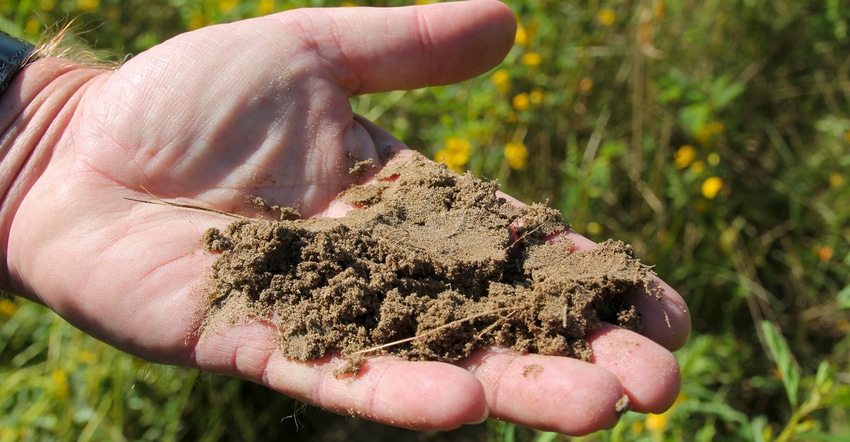June 25, 2020

Soon it will be time to consider soil sampling for the 2021 crop year. The following are important things to consider before beginning any testing:
1. Sampling time. For soil nitrate, there is no perfect, stable time to soil sample.
Some years past, I reviewed North Dakota State University research into the effect of sampling time on soil nitrate values from August through April the following year. Depending on the site sampled, I found that some values decreased, some stayed the same and some increased. There was no relationship between trend and rainfall.
Any time is as good as any other time. Some of you have noticed that NDSU nitrogen (N) recommendations carry a “plus or minus 30 pound per acre rate” to final recommendations. The “fuzz” around the nitrate test with time is part of it.
However, it is very important to have a soil test value on which to base an N rate. If you do not have a value or zone values for a specific field (each field has a “personality” of soil fertility), then what you have is a not-very-educated guess.
Also, for phosphorus (P), soil pH, electrical conductivity, calcium carbonate equivalent (CCE), organic matter, zinc and chloride, anytime is a good time to sample. I would sample for P, soil pH and potassium (K) in an untilled field whenever possible, so the 0-to-6-inch sample core is consistent.
Achieving consistent core depth in a tilled field is very difficult, and in some cases, impossible.
Soil test K values vary through the season. Work in Illinois, and now work at NDSU, shows that the highest K values are in early spring. As the season progresses, K values decrease, achieving their lowest values in August through mid-September, then the values tend to increase until freeze-up.
Variation appears to be less in moist seasons and in illitic-dominated soils. Sampling anytime for K is OK but note when K sampling was last conducted and then sample the same time of year the next time K is important.
The soil test K values vary slowly with K fertilization, so probably every two years is good enough, although I would not argue with anyone wanting to sample every year.
2. How to sample. Zone sampling should be the rule in this state. The only part of a field where a grid of one sample per acre should be used is the area where high rates of manure have been applied within the past 20 years.
A 2.5-acre grid is not a substitute for a good zone sampling, and a 2.5-acre grid will not identify the fertility patterns within most fields. It “works” in Iowa and other Cornbelt states because most of their P and K variability has the same fertilizer recommendation; it’s all in the high range.
In this state, variability is much greater, and the variability is in soil test ranges requiring different rates.
3. Sampling in low pH soils. The number of acres in North Dakota with soil pH values near or below 5 continues to increase, particularly in no-till fields that have had N applied to or near the surface for many years.
When sampling these fields, zone sampling should be the method, and it is important to sample the 0-to-2-inch depth and the 2-to-6-inch depth for pH. Application of liming materials such as beet lime should go onto the soil surface, and knowledge of pH with depth will not only provide information on whether a surface application will be effective, but the farmer can track pH progress after lime application.
Ongoing research at the Dickinson and North Central Research Extension Centers so far indicates that surface lime application is effective in overcoming aluminum (Al) toxicity. This agrees with previous studies in the U.S. It may also be wise to analyze for base saturation using the cation addition method for cation exchange capacity, as magnesium (Mg) values may be low in some soils.
If Mg values are low, a beet lime or another calcitic liming source like city water treatment lime would only help the pH, but it might result in an Mg deficiency down the road.
Franzen in a North Dakota State University Extension soils specialist.
Read more about:
Soil SamplingYou May Also Like




